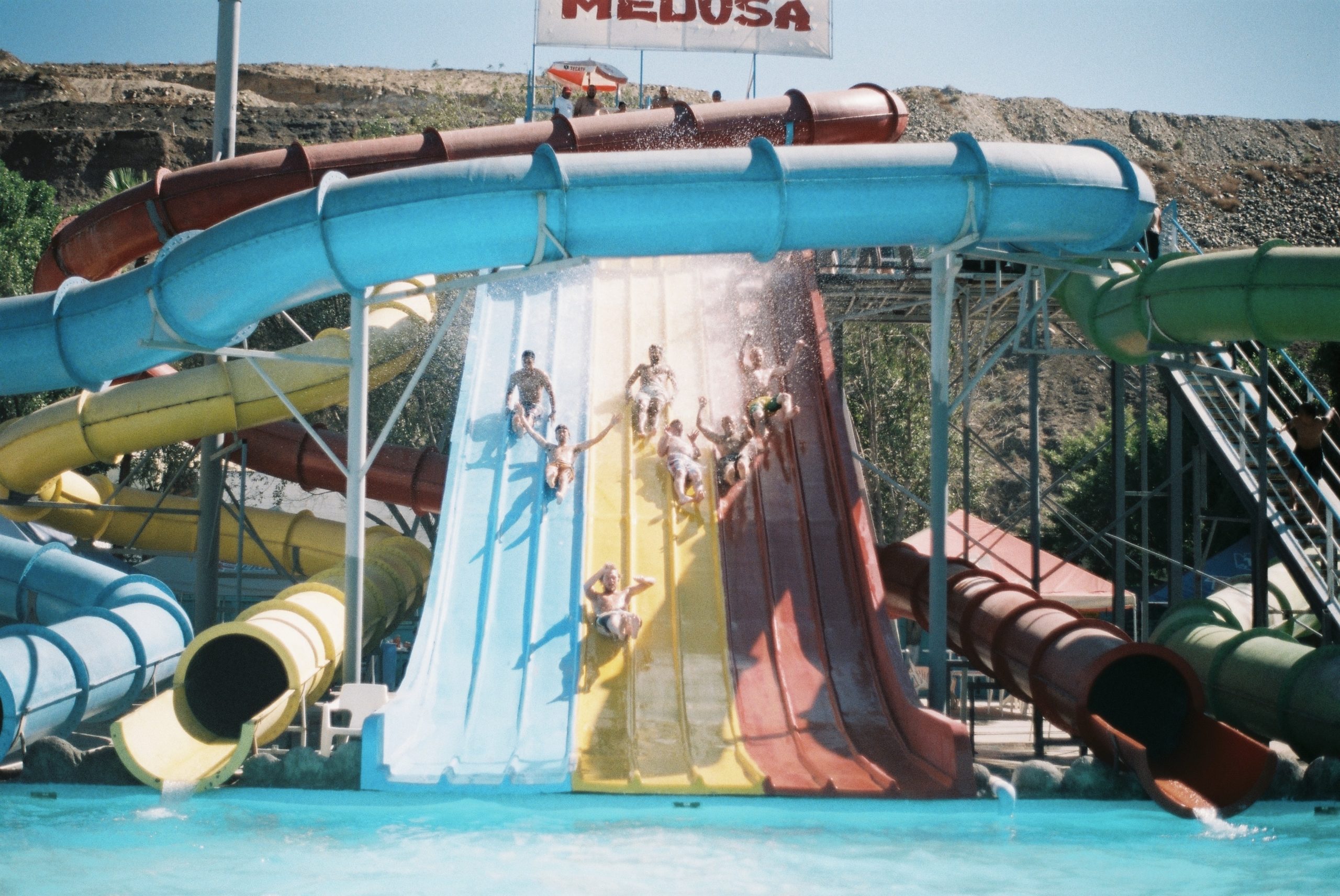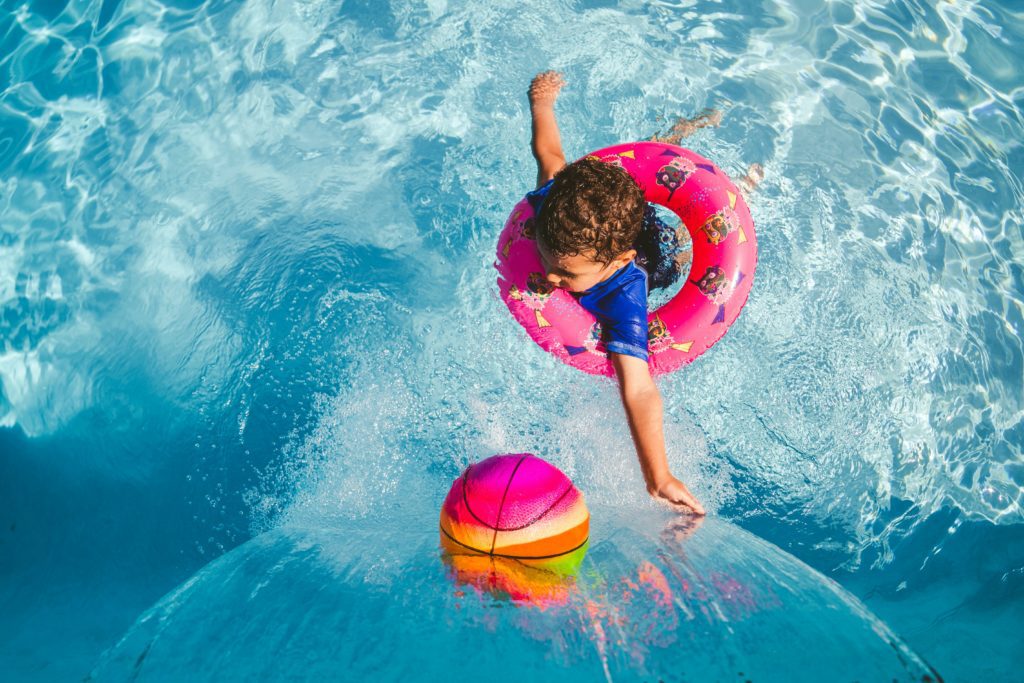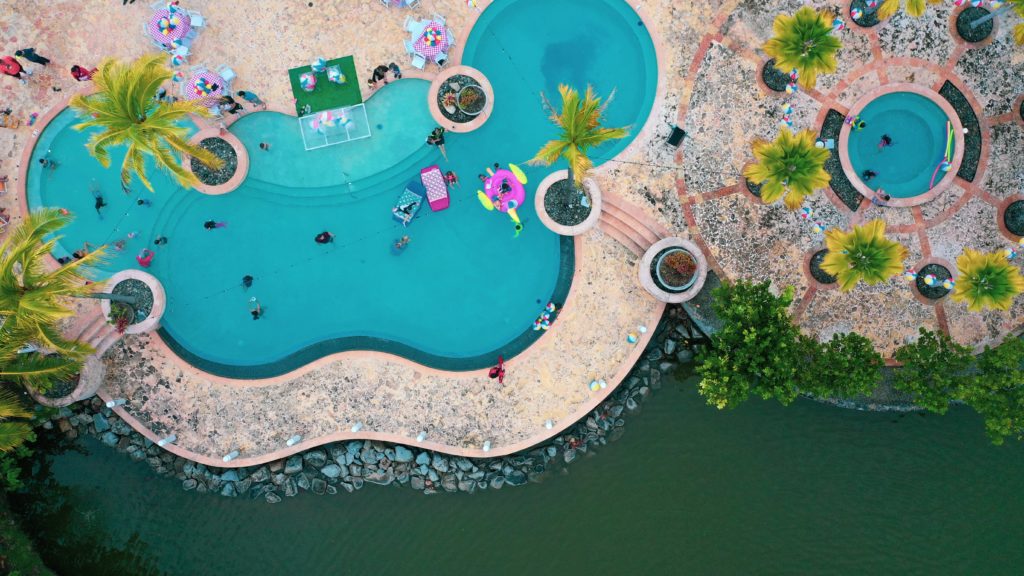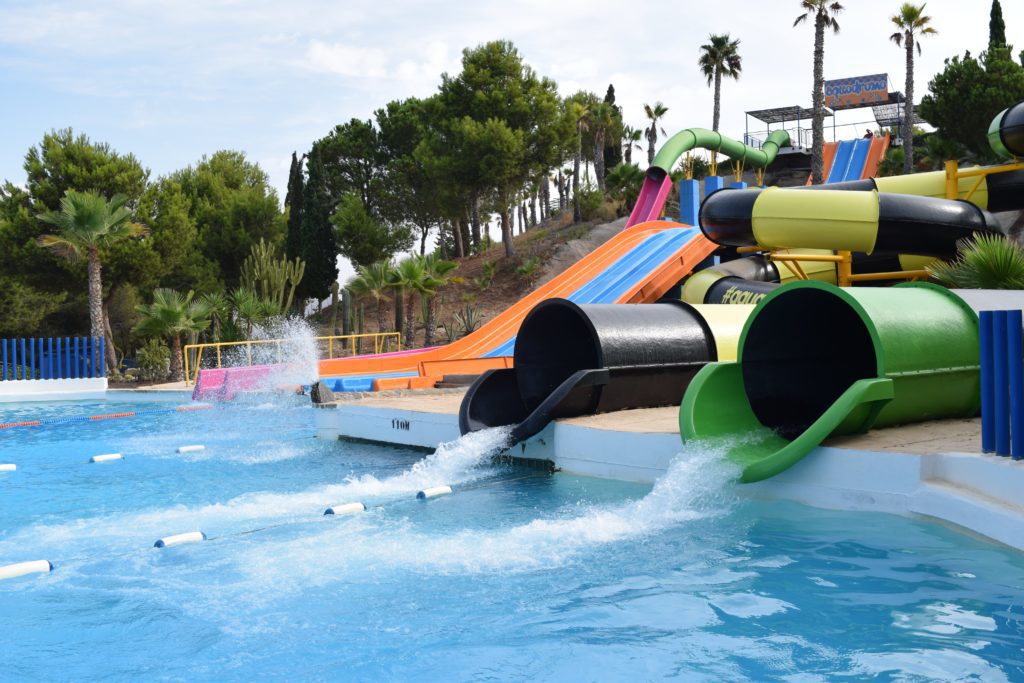05/10/2022 | Industrial Water Treatment | 8 MINUTE READ
How Water Park Filtration Systems Are Keeping Water Parks Safe and Clean

As the warm summer days draw near, the idea of visiting a water park becomes increasingly appealing. The U.S. alone is home to more than 1,000 different water parks, most of which are open almost constantly throughout the summer. Many of these water parks are situated on multiple acres of land, which means that the amount of water they use every day is exceedingly high.
Every water park must put in an ample amount of effort to maintain clean water that’s free of contaminants, which is the only way to make sure that customers are satisfied. Because of how necessary it is to use clean water, these water parks are usually outfitted with high-end equipment that allows for consistent monitoring and treatment of the water that flows through the park.
While there are many different components and pieces of equipment that water parks use to monitor and treat water, among the most important components are water quality sensors. These sensors are practically essential for keeping water park filtration systems in good working order and for making sure that the water remains clean.
When water parks use the right sensors, it becomes possible to identify when contaminant concentrations have reached levels that are too high, which allows the employees at the water park to know when the water needs to be treated or when filters must be cleaned. As long as water sensors are properly installed, they can help maintain filtration system efficiencies and processes. The following guide offers a more in-depth look at how filtration systems are able to keep water parks clean.

Water Park Filtration Systems
Water park filtration systems are highly sophisticated and typically contain some of the most advanced equipment on the market. Keep in mind, however, that the exact pieces of equipment used to filter contaminants out of water can differ from park to park. All systems are equipped with premium pumps, valves, and water quality sensors. The plastic or steel that these systems use is designed to be corrosion-resistant, which ensures that the systems last for many years without needing to be replaced completely.
The types of seals and construction materials that are used alongside the filtration systems depend on the end-user requirements as well as the water composition. When water parks search for the best filtration systems to install in their parks, among the most important considerations involves the ease of maintaining and cleaning the system. As such, the majority of water parks select modular systems that can be easily modified depending on the specific needs that the water park has.
Even though there are a high number of different components that can be included in a water park filtration system, among the most important components are the filters and the water quality sensors that are installed in the systems. A wide range of different filters can be outfitted in one of these filtration systems. For instance, some water parks will use sphagnum moss to capture larger particulates as the water flows through the filter.
As for water quality sensors, these sensors are essential when trying to maintain the quality of water. When a water quality sensor of any kind is installed into the filtration system, it becomes possible for the water park to monitor the condition of the equipment as well as the quality of the water. Some of these sensors are even able to provide water parks with remote monitoring, which allows issues to be corrected without too much delay.
As an example, let’s say that the water park places a pH sensor in their water filtration system. These sensors are able to detect when the pH of water in the system drops too low or goes too high. Keep in mind that any pH reading below 7.0 is considered to be acidic. All readings above 7.0 are alkaline. The pH of swimming pool water should be right around 7.4. If these readings drop too far, it’s possible that the filtration system isn’t functioning properly and that the equipment inside the system could become damaged.
Another method that can be used to detect if water is being properly filtered and treated is to use a free chlorine sensor. Even though chlorine can be found in several different forms in the water that flows throughout water parks, the main type of chlorine that water parks must take into account is free chlorine.
This chlorine is the only one that is able to disinfect water and remove many of the contaminants that can be found in water. The right chlorine sensors allow you to obtain continuous measurements, which ensures that chlorine levels can be adjusted immediately after the need arises.

Water Treatment via Chlorine
Among the most common methods for treating water is to do so with chlorine. In fact, chlorination is considered to be highly effective at getting rid of the majority of contaminants that can be found in the water that’s treated in water parks. Water parks place a small amount of chlorine into the water to make sure that most of the bacteria within the water is effectively eliminated.
When chlorine gets added to a pool or water slide at a water park, it’s able to form into a relatively weak acid known as hypochlorous acid, which can kill such bacterial as E. coli and salmonella. Most viruses and germs in the water will also be killed. Even though chlorine can be dangerous at high levels, water parks constantly monitor chlorine levels to be absolutely certain that the chlorine levels are within a safe range.
Because the chlorine sensors in a water park filtration system provide the park with continuous monitoring, adjustments can be made to chlorine levels immediately after they reach unsafe levels. The optimal range for chlorine in water parks is 1.0-3.0 PPM. If the chlorine content is too low, the unsafe bacteria in the water may not be effectively killed, which could cause the people who visit the park to become sick.
Even though every water park differs when it comes to the exact equipment used for water treatment purposes, they all maintain a certain level of clean water, which is necessary to ensure that the water park remains a popular attraction. As mentioned previously, free chlorine water sensors are the perfect sensors to use when measuring chlorine concentration. Keep in mind that different sensors have different features. Most water parks use chlorine sensors that provide continuous monitoring.
UV Water Treatment
Nearly every water park uses filtration systems as well as chlorination to make sure that large particulates are removed from the water and that chlorine levels are properly managed. There are also times when water parks decide that they don’t want to use chemical shock treatment, which typically results in them opting for UV water treatment systems. Ultraviolet treatment systems have been around for decades and have proven to be effective at getting rid of excess contaminants and chlorine in water.
These systems use ultraviolet lamps to emit UV light at very specific wavelengths. Once emitted, this light is able to disrupt microorganism DNA, which results in the microorganism dying. In regards to the ultraviolet treatment systems that are installed at water parks, these systems can reduce chloro-organics and chloramines as the water is sent through the treatment chamber. Even though ultraviolet lamps are effective at reducing excess chlorine and contaminants, these lamps don’t completely replace the use of chlorine as a disinfectant.

Maintaining a Safe & Clean Water Park For All to Enjoy
While water parks are responsible for installing and maintaining many different pieces of equipment, it’s particularly important for these parks that they use the right filtration systems. When a proper filtration system is in place alongside UV filtration and chlorination, nearly all dangerous contaminants in the water will be removed, which is a necessity to ensure the health of every guest in the park.
The UV filtration system that’s put in place will kill many microorganisms as well as different types of chlorine. On the other hand, chlorination is a highly effective disinfection technique that has been used for decades to get rid of any bacteria or viruses in the water. While some bacteria have become resistant to chlorine, most will still be eliminated when chlorine is added to the water.
Even though chlorine is essential for all water parks, high levels of this substance can cause nose, throat, and eye irritation. If these levels aren’t quickly reduced, the water itself can begin to smell bad, which will invariably turn away most park visitors.
To make sure that these issues don’t occur, most water parks install water quality sensors that facilitate continuous monitoring. By making sure that water is regularly filtered and that chlorine levels are optimal, the water park should operate smoothly in the meantime. Keeping water clean will keep guests healthy, which makes return visits possible.
Posted by Dominic O'Donnell on May 10, 2022
Sensorex is a global leader in the design and manufacture of quality sensors for water quality and process applications. The company offers more than 2000 sensor packages for pH, ORP, conductivity, dissolved oxygen, free chlorine, chlorine dioxide, UV transmittance and other specialty measurements, as well as a full line of sensor accessories and transmitters. Its expert technical support engineers solve analytical sensor challenges with custom designs and off the shelf products.




